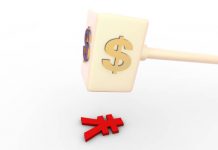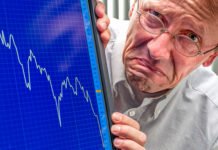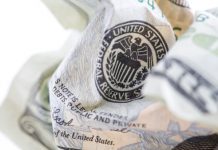- Trump under deep investogation and markets are still ignoring it
- US NFP could change the Fed stance on further rate hikes
- Dollar weakness could fade away
The political shakiness in the US is hunting the US dollar as if other factors were not bad enough. Traders are gloomier about the dollar after the report that the investigation is becoming even more intense about Russia intervening in the US election. One would wonder that there must be some merit to these allegations that this investigation is keep on becoming more intense. But as this scrutiny goes deeper and deeper, the pain for the dollar bulls also becomes tougher and tougher.
But for today, the entire focus is on one data which is also called the mother of all economic data – the US non-farm payroll number. The US GDP growth during the first half of this year is 2% which is far from 3%, a number which could resolve many problems for the dollar. Moreover, the US GDP growth for the second half of this year isn’t looking that enthusiastic either. A vital component of the US GDP growth is the US non-manufacturing data which has already dropped miserably on Thursday to 53.9 compared to 56.9. This does not provide a very inspiring picture
Earlier this week, the ADP number which is widely considered as the correlating indicator for the US non-farm payroll data has also produced a lousy drawing because the number underwhelmed investors. If you track the history of the correlation between the ADP and the US non-payroll number so far this year, it becomes evidently clear that there is a story behind this idea which has some life.
Once again a lot of focus will be towards the wage growth number as it commands the most amount of attention. The number has been nothing but stubborn and we need to see this number to improve as it would move traders and ask for their love again. The headline unemployment rate is expected to fall to 4.3%, nothing significant about this, especially if there is no wage growth.
If both the wage growth and participation rate see a downward number today, then it would confirm that the Fed has dug up a hole for themselves by underestimating the slack in the economy.













